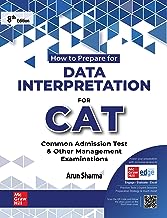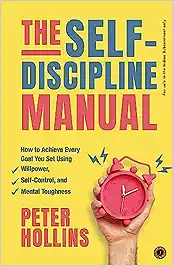Description
About the book: The flow of information to the masses has always been a crucial cornerstone of reporting but it is even more so during wars. This rigorous duty falls upon war correspondents; they are expected to assemble their pluck and acuity to brave battlefields and live to write about them too. A post wholly occupied by British or other foreign reporters for the longest time, Indians were assigned as official war correspondents only in 1940 during World War II. The impact they made, however, has been an indelible mark in history and its ripples are felt even now. Reflecting on the origins of war reporting and the need for Public Relations in the Armed Forces, this narrative invites the readers to take a closer look at the incisive and compelling stories of war correspondents from harrowing times, stacked odds and unfavourable conditions. Follow this narrative’s shifting theatres of war as it takes the readers from North Africa and the Middle East to Burma and Chunking, landing lastly on home soil in Imphal and Kohima. Recorded by reporters whose names deserved to be remembered, it details the exploits of those such as D. F. Karaka, Moti Lal Katju and D. R. Mankekar among many others and promises to stay an unforgettable read. About the Author: With over 39 years of experience as a journalist and author, Somnath Sapru has, over the years, specialised in writing on military aviation. His earlier book Skyhawks was on the four Indian pilots of World War I who flew with the Royal Flying Corps (RFC) in Europe. He was earlier the Defence Correspondent of the Deccan Herald, and Indian Express, Bangalore, later at the Indian Express, New Delhi and at The Pioneer and finally at the Indian Express, Chennai, as Editor. He covered the activities of the three services of the armed forces extensively and specialised in the history of military aviation in the country. He has been given professional awards such as the Asian Journalist of the Year Award in 1988.







Reviews
There are no reviews yet.